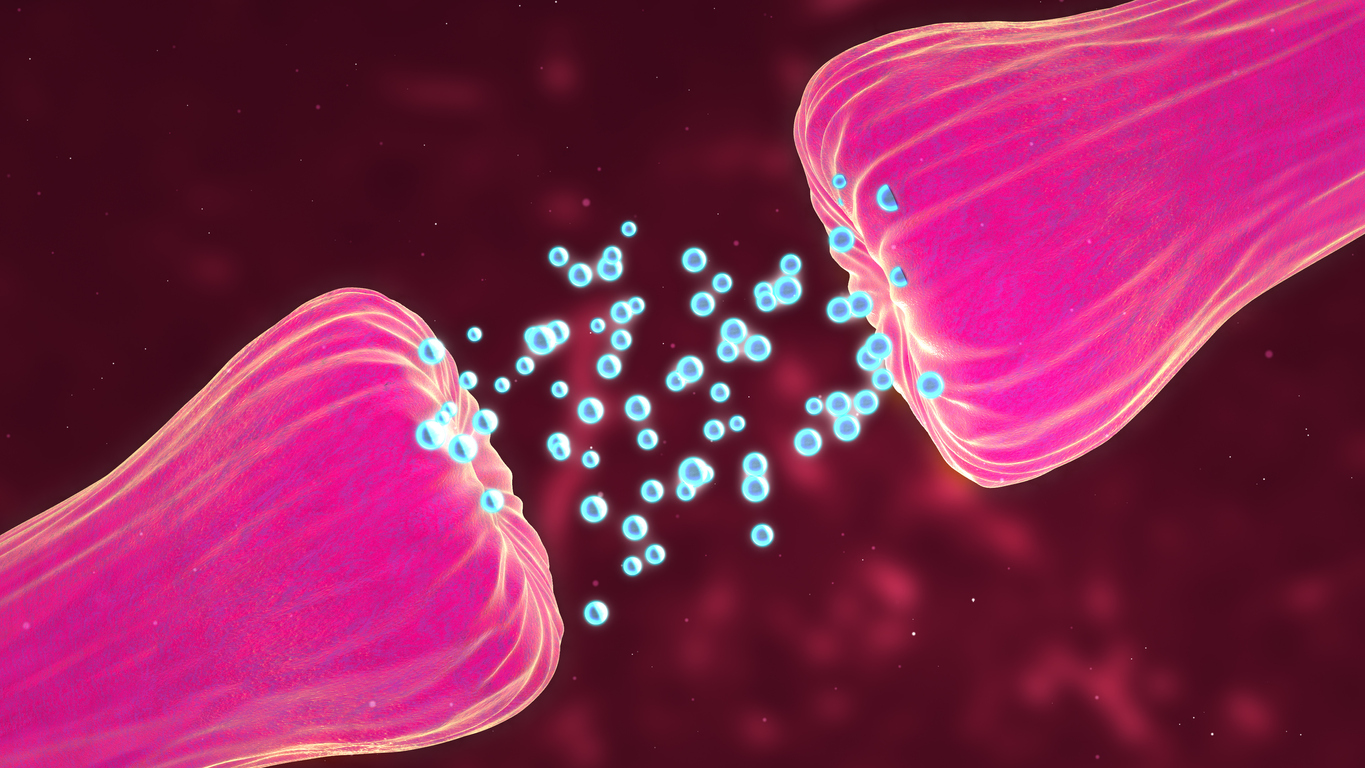According to UCL and King’s College London researchers, teenagers are almost three times as likely as adults to get addicted to cannabis, although they may not be more prone to face other cannabis-related mental health disorders. The research was just published in the Journal of Psychopharmacology.
The same researchers found that teenagers were not more susceptible to the associations between chronic cannabis use and cognitive impairment in a related study that was recently published in Psychopharmacology.
According to Dr. Will Lawn of the King’s College London Institute of Psychiatry, Psychology, and Neuroscience and the UCL Clinical Psychopharmacology Unit, the team were unable to find any evidence to back up the widely held concern that the developing teenage brain may be more susceptible to cannabis’ long-term effects.
Teenagers should be aware of this addiction issue, however, as it seems like they are much more likely than adults to develop a cannabis addiction. Teenage cannabis use may have less of an effect than anticipated on cognitive performance or emotions of melancholy and anxiety.
Cannabis usage among teenagers should be aggressively discouraged because this age group is more likely than adults to experience mental health problems. The study that was supported by the Medical Research Council examined the effects of cannabis usage on teens and adults in comparison to age-matched controls (non-cannabis users). This study’s methodology is totally original.
76 adolescents (aged 16 and 17) who used cannabis one to seven days per week, a similar number of adults (aged 26 to 29), and adolescents and adults who served as controls made up the study’s 274 participants. Along with completing questionnaires to evaluate the symptoms of mental illness, participants were also questioned about their usage of cannabis over the preceding 12 weeks.
In the experiment, cannabis was consumed on average four times each week. The gender, race, cannabis type, and potency of the teenage and adult cannabis users were also matched.
The researchers’ findings, which are in line with earlier findings from other studies, showed that adolescent cannabis users were three and a half times more likely than adult cannabis users to acquire a major “cannabis-use disorder” (cannabis addiction).
A few signs of cannabis-use disorder include cravings, cannabis usage leading to failures in school or at work, increased tolerance, withdrawal, interpersonal problems brought on by or made worse by cannabis use, and failed attempts to cut back.
The majority of the tested adolescent cannabis users, in the opinion of the researchers, had six or more signs of a cannabis-use disorder, qualifying them as having a severe type of cannabis-use disorder. Between 9 and 22% of people of all ages who consume cannabis go on to develop a cannabis-use disorder, with the risk being higher for younger users, according to a prior study.
According to the researchers, adolescents are more susceptible to cannabis addiction because of traits including a hyperplastic (malleable) brain, a developing endocannabinoid system, a fluctuating sense of identity, and changing social circumstances.
Teenage cannabis users were more likely to have psychotic symptoms than non-users. But the study found that this is because cannabis users are more prone to develop symptoms resembling psychosis generally. In other words, cannabis usage had an additive influence on the incidence of psychotic-like symptoms, but there was no age association on this effect, hence there was no adolescent susceptibility.
While the researchers stress that neither clinical psychosis nor schizophrenia was evaluated in this study, this is consistent with other research demonstrating that cannabis usage may raise the chance of acquiring a psychotic disorder like schizophrenia.
Researchers found that neither cannabis usage among adolescents nor use among adults was associated with an increased risk of depression or anxiety symptoms. The researchers’ confidence in this finding is constrained by the small sample size for youth with major cannabis-use disorders, who had the most severe mental health symptoms. Separate research found that neither impulsivity nor poor working memory was more common in cannabis users than in non-users in the journal Psychopharmacology.
Cannabis users were more likely to have poor verbal memory, but adolescents were not any more or less susceptible to this. According to experts, cannabis use at a crucial developmental time may affect academic performance. The researchers emphasise that cross-sectional assessments of the changes in their subjects over time are presently being conducted in longitudinal analyses.
Professor Val Curran stated that her research suggests that schools teach children about the risks of cannabis addiction, which have been underemphasized in drug education. In addition to being a major issue in and of itself, cannabis addiction also raises the possibility of additional mental health problems. It is important to educate adolescents about their elevated risk of addiction.
Story Source: Original press release by University College London. Note: Content may be edited for style and length by Scible News.
Reference
Will Lawn, Claire Mokrysz, Rachel Lees, Katie Trinci, Kat Petrilli, Martine Skumlien, Anna Borissova, Shelan Ofori, Catherine Bird, Grace Jones, Michael AP Bloomfield, Ravi K Das, Matthew B Wall, Tom P Freeman, H Valerie Curran. The CannTeen Study: Cannabis use disorder, depression, anxiety, and psychotic-like symptoms in adolescent and adult cannabis users and age-matched controls. Journal of Psychopharmacology, 2022; 026988112211089 DOI: 10.1177/02698811221108956





